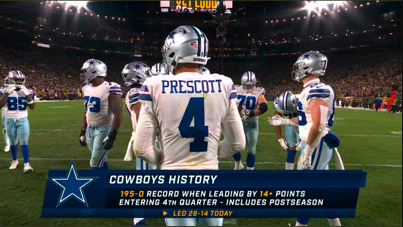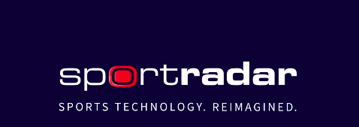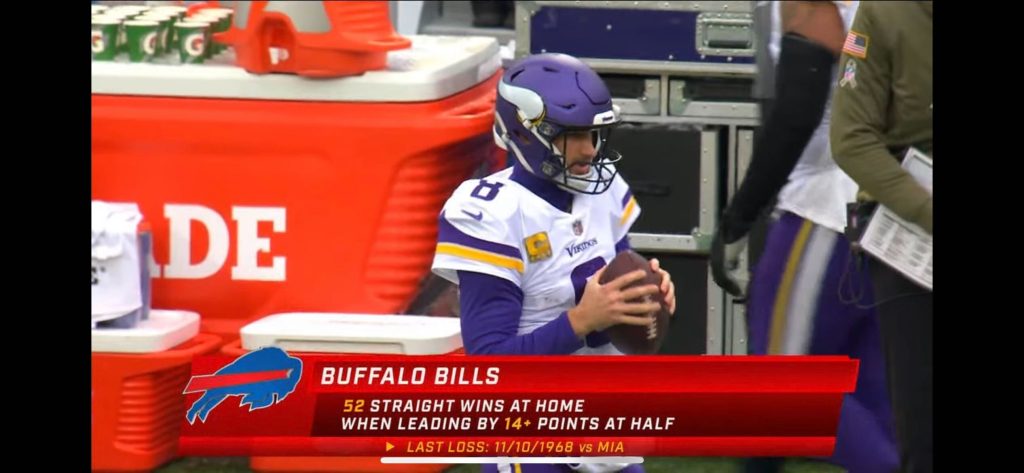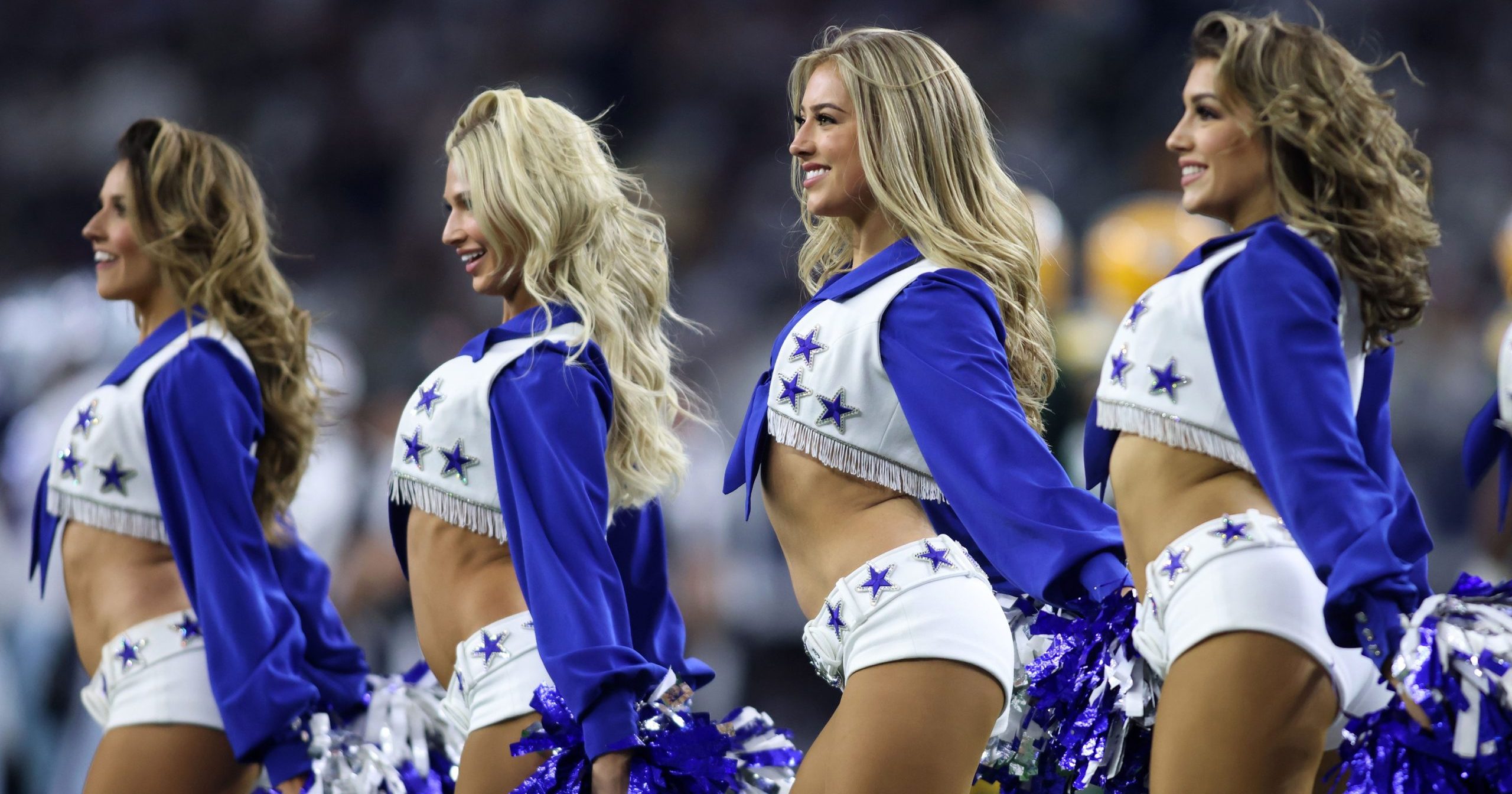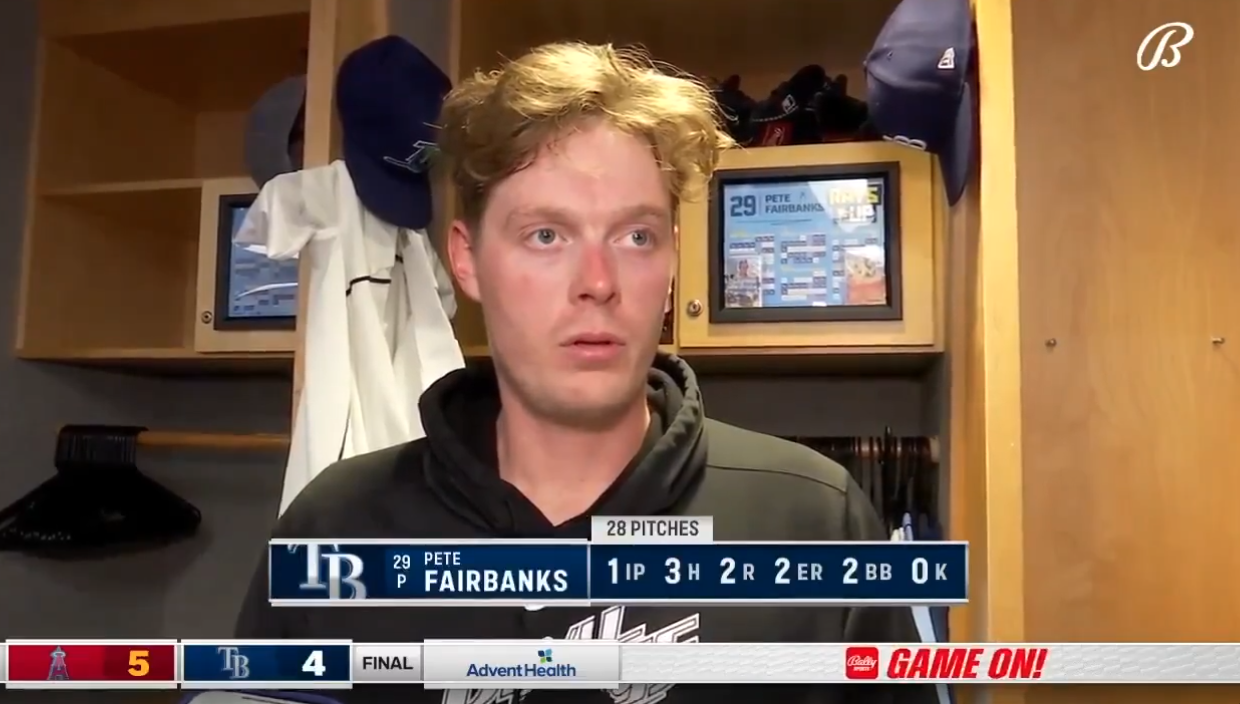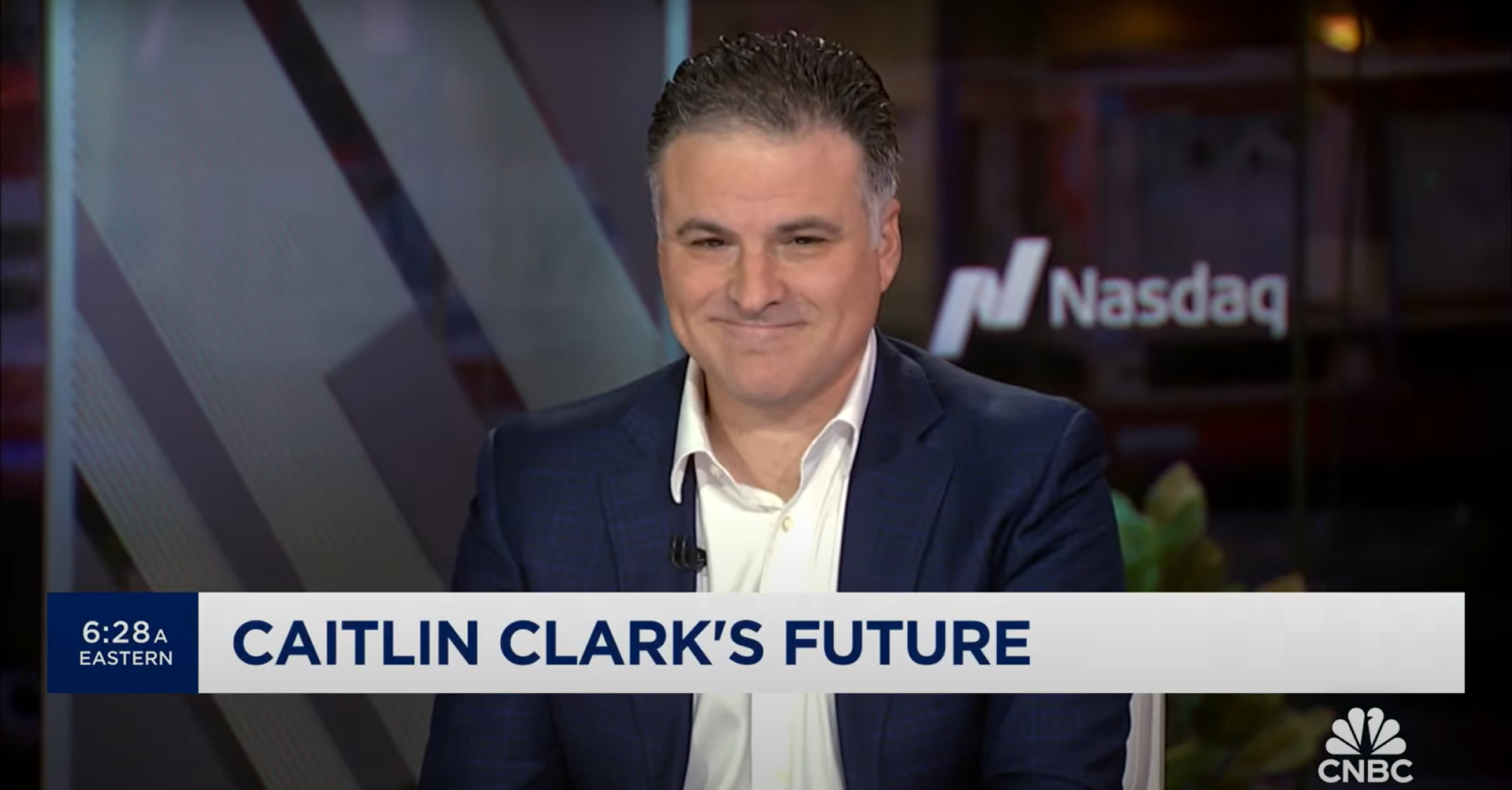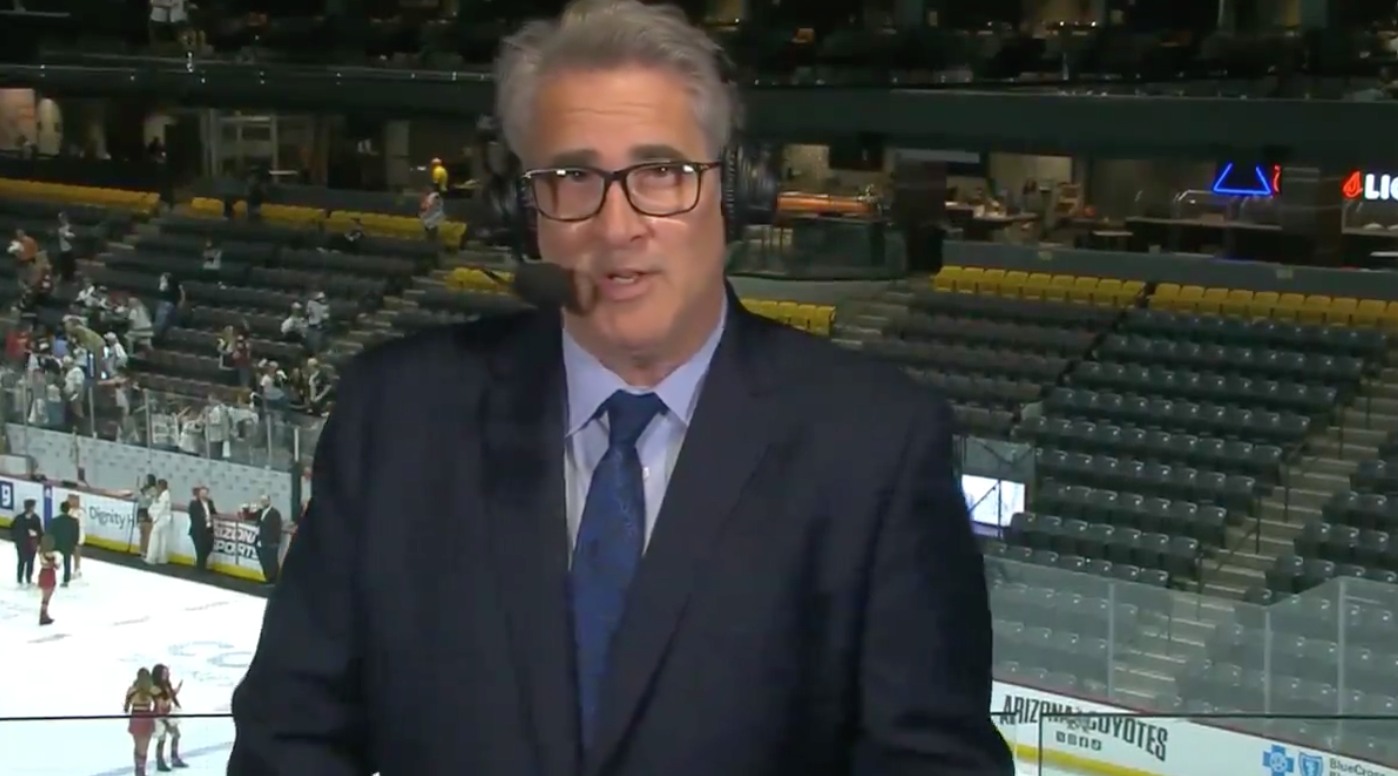With Super Bowl LVII just days away, the broadcasts are doing everything they can to ensure they put on just as stellar a performance as the game itself.
With that comes a lot of behind-the-scenes responsibilities to make the broadcast that much better. For FOX Sports, they depend on Sportradar for their graphics, analytics and insights.
Sportradar is the world’s largest technology and data company. In the United States, Sportradar provides important data, solutions, and content. Sportradar has more than 20 years of experience and is a partner of more than 1,700 customers in over 120 countries and an official partner of the NBA, NHL, MLB, NASCAR, UEFA, FIFA, ICC and ITF.
Additionally, Sportradar covers over 890,000 events annually across 92 sports.
On Wednesday, Awful Announcing sat down with Sportradar’s Senior Research Analyst Zach Robinow, who will be a part of the Super Bowl LVII production team, for an in-depth conversation about the technology and how it’s used across sports broadcasts including this week’s Super Bowl.
This interview has been edited for length and clarity.
Awful Announcing: First and foremost, what is Sportradar?
Zach Robinow: Well, Sportradar is a lot of things, but what my personal involvement was for Sportradar — what we do, I work on our Broadcast Solutions team. We are there to help our broadcast clients such as FOX, create the best possible broadcasts, especially from a statistical standpoint: keeping the audience informed of what’s going on and the historical significance of what’s going on and having that all in real-time, as quickly as possible just to make the broadcast as good as possible.
AA: Walk me through the moment you’re researching up until it gets to the actual broadcast itself.
Robinow: Sure, the way it works with football, seeing is it’s kind of a weekly contest, we work with all the FOX crews, and we have other major NFL broadcasting clients as well. I work closely with the FOX top announcing crew. Whatever game that crew has for that given week, I start researching ahead of time. Starting on Monday, I’m looking at all kinds of nuggets and facts and whatever I can find.
What makes these teams tick, what’s their history, what’s the matchup history, how they’ve done against each other recently? What do they excel at? Do they excel at something that the other team is weak at and how might that play out in the broadcast?
I’m just taking a really broad view and seeing what I’d come up with over the week. Sportradar has all kinds of incredible products. We have Radar360, that is our industry-leading data mining tool. It’s very powerful, very fast. So I can take Sportradar’s vast database of historical scores, information of all kinds, some of which we are collecting live — some of which we have feeds for.
I can quickly mine this and put filters on, tick filters off, timeframes, find out what’s the best way to present this information that is the most impactful and digestible for a broadcast audience.
So, I create what we call “game notes” in advance of the game with the best I could come up with: best notes, nuggets, things that might happen in the game. I try to be as forward-looking as possible and anticipate things that could happen in the game and where that might place in historical context, so I deliver that information to the broadcast team and they will often pre-build graphics. A lot of it will come from my notes, they have other sorts of notes as well. They do some of their own resource research.
We will pre-build graphics and talk about it with the production team and see where we might want to go depending on what happens in the game. We have all these things at the ready.
Then during the game, I’m also directly involved as well.
During the playoffs, I travel on-site with the team. I’m feeding them any stats that I come up with that might paint a picture of how this game is going from a statistical standpoint to the audience, helping them remember what we have already come up with based on what’s going on in the game.
I do a lot of this again, with Radar360. It’s very powerful, very fast.
I also have a broadcast solutions research team available to help field requests. So yeah, I’m not only trying to come up with things on my own, but we’re fielding requests from the team during the game, they have their own questions, their own directions they might want to go we’re looking into that trying to figure out the best way we might be able to present that.
AA: What’s been the feedback from the talent?
Robinow: It’s generally been really great feedback. I will say they, by all accounts, love what we are providing.
I help them do the best job that they can possibly do and make this the best broadcast that it can possibly be. As I get to know them, I tend to learn the types of things that the talent might be looking for and the types of things they want to talk about. That’s one way of adding value to their broadcast.
AA: How do you determine what’s a usable nugget or stat and what’s not?
Robinow: It’s definitely up for debate. I think it depends on so many factors. The further we go in the playoffs, the more eyeballs get on the products, and the less expertise the audience might have in the subject so what’s appropriate for a big game down the stretch like a division deciding game in the regular season might be different from what is likely to make it onto a Super Bowl broadcast.
Greg Olsen, for instance, loves getting into that on a verbal basis. I mean, obviously, he knows a lot more about football than I do, or frankly, anyone else in our broadcast room, but sometimes I’m able to provide him with nuggets that really support an advanced football tactical point that he wants to make and that might not make it on some kind of full-screen graphic, but he’s going to touch on it and he’s going to know that it’s accurate.
AA: So you have to be aware of what the fan, the consumer is taking in as well.
Robinow: [The] Super Bowl, it’s the biggest stage there is and that makes it more likely that things are going to be simpler. We still want to provide great, statistical, cutting-edge insights, but it’s got to be as simple, digestible and concise as possible. And I mean, in our truck, we can create whatever graphics we want, but if we want them to have a chance of getting in and when the producer says “Yes, put that on screen,” it’s got to be quick. It’s got to be concise, but you can tell some pretty complex stories with pretty simple data and that’s what we try to do especially for a game such as this.
AA: Being in trucks before, there’s a lot of moving parts, there’s just not a lot of room but a lot of people — how are you able to keep your cool when things are insane?
Robinow: That is a huge part of the job. I don’t want to jinx myself or anything, but I tend to do well under the pressure of that situation.
That’s part of what makes me well-suited for that role. It is hectic, you know there’s a lot of pressure. There’s a lot of eyeballs. We’re in an especially pressurized spot for Radar and myself.
Priority number one is making sure nothing goes on air that is factually inaccurate. So I’m constantly throughout the process for Radar, our research team, and myself, we are combing through talking points that we have ready to go and making sure all this is 100% accurate in-game when things are coming up.
I’m getting the clearance before it gets on our broadcasts, the associate producer is constantly yelling at me, “Zach, check on the screen — is this good to go? Is this good to go?!” Even if I know it’s good to go, my job is to assure him.
AA: I talk to a lot of athletes, whether they’re playing the World Series, Super Bowl, all of this, they say, you have to have the mentality of “it’s just another game.” Is your prep the same scenario for a big game like the Super Bowl?
Robinow: Yes and no. It’s the same at the core level. I would just say we spend a lot more time on it and just a lot of double-checking — and triple-checking. We have an extra week, there’s the bye week. That’s helpful. You ultimately end up not being able to predict, after all. When we did the NFC Championship game Brock Purdy got knocked out early. I’m immediately going into crazy research mode.
We’re finding out our guy who was the last backup quarterback who threw a touchdown in an NFC Championship game. We had Christian McCaffrey we thought was going to make an appearance for a while that we were hearing was their emergency quarterback.
AA: Are there any stats or concepts that you personally don’t think get enough attention on some of these broadcasts?
Robinow: It’s hard to point to anything in particular, I would say, yes.
There’s all kinds of things that I do agree with the vast majority of the broadcaster’s choices they make as they’ve been doing this a long time. They are pros. They know what their audience wants to see.
The Eagles in particular have an incredible offensive line, any way you slice it. We try to find ways where we can paint that picture.
There was something in my notes about how Lane Johnson has gone over 1,000 pass-blocking snaps without allowing a sack, and that’s the longest by any tackle.
This Lane Johnson video is good news for #Eagles fans
#👀
— Eliot Shorr-Parks (@EliotShorrParks) January 13, 2023
Maybe that’s something that will make it in the broadcast. It might, it might not. It might get touched on how incredible has this guy been without showing that exact streak. Because they might not want to inundate the audience with that sort of thing.
The bigger the game and the closer the game, the more the broadcasters are inclined to let it breathe and let it speak for itself. We want to fill in gaps.

